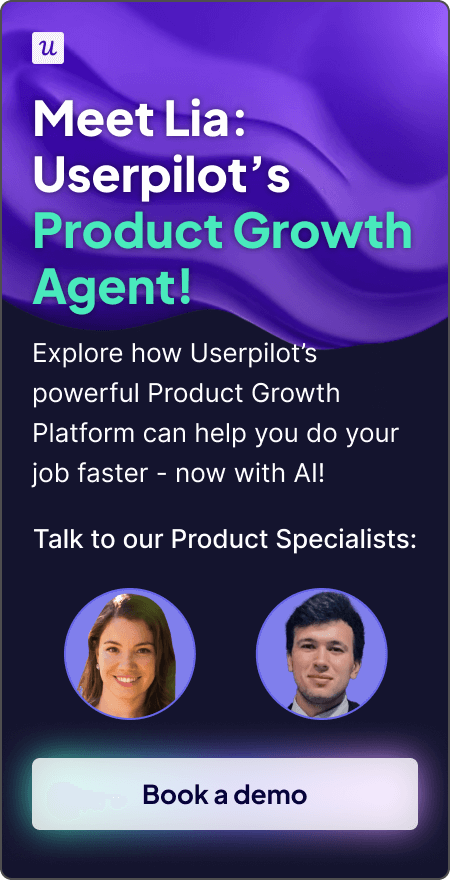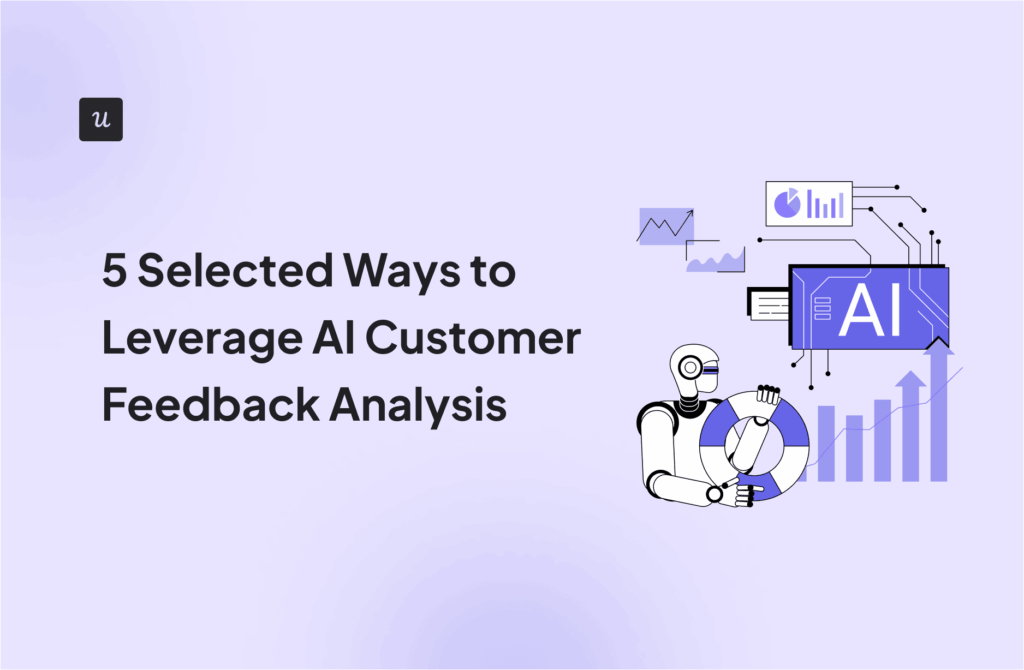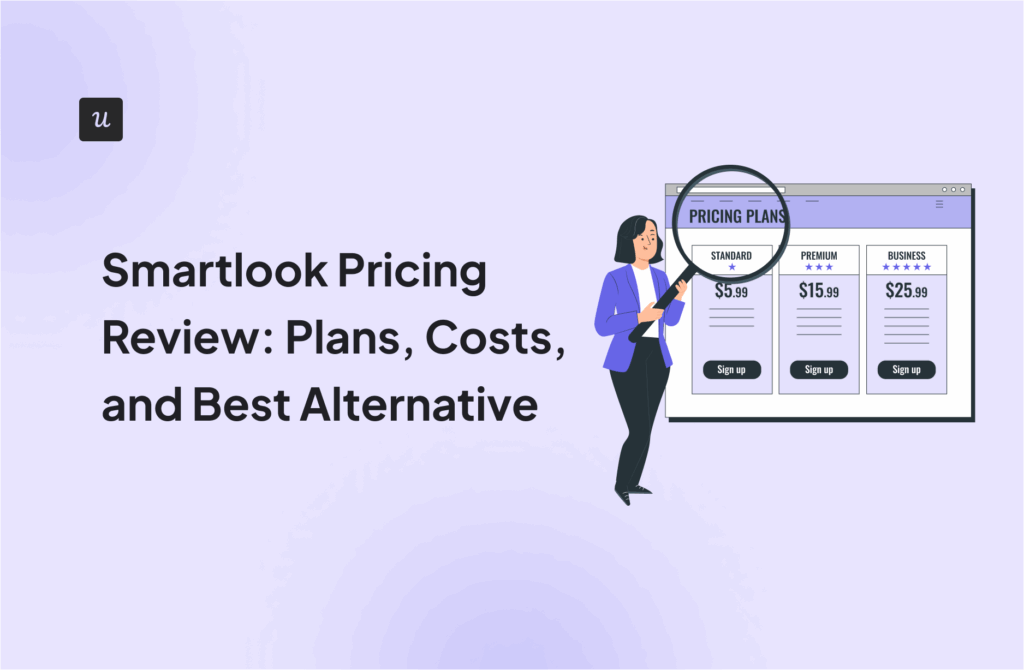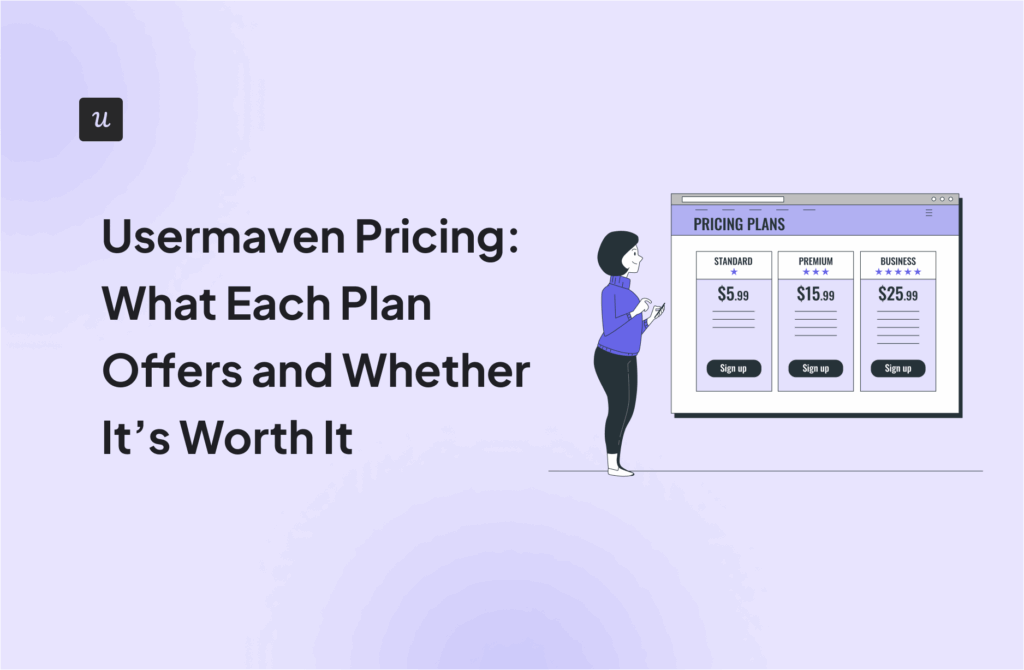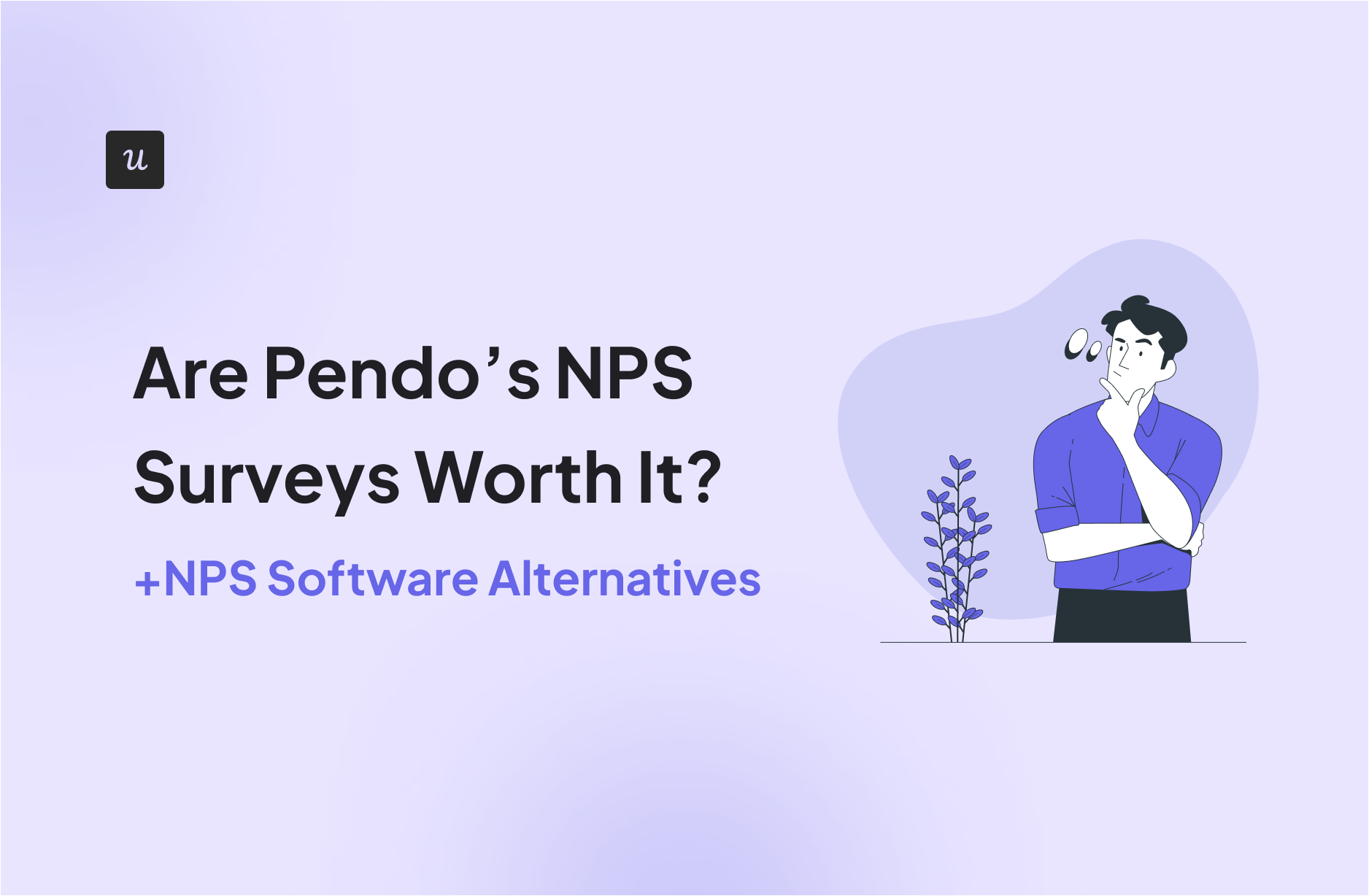
If you’re looking to create user surveys to examine sentiment and customer loyalty, then chances are you’ve considered using a Pendo NPS survey.
Like every other B2B buyer, it’s important to research a product before committing to it.
This article provides the answers you need to make a good buying decision. You’ll see the different functionalities that Pendo offers, the cost implications, feature limitations, and the best alternative solutions.
Try Userpilot Now
See Why 1,000+ Teams Choose Userpilot
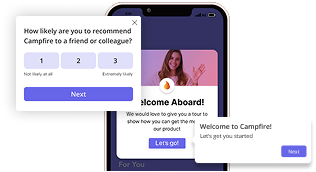
What is the Net Promoter Score (NPS)?
The Net Promoter Score (NPS) is a specific user engagement metric used to measure customer loyalty and overall user satisfaction. It typically consists of an eleven-point (0-10) scale and a single sentence that asks users how likely they are to recommend a product or service to a friend or co-worker.
NPS score is calculated by subtracting the percentage of detractors (those least likely to promote your product) from the percentage of promoters (those most likely to promote it).
What does Pendo do?
Pendo is a product experience and digital adoption tool founded in 2013. In short, the tool helps SaaS businesses create in-app guides, provide on-demand support, and discover product insights and analytics.
Pendo has an extensive list of features to help companies cater to customers at every stage of the user journey, but this article focuses on its NPS surveys.
Is Pendo NPS feature free?
Yes, but there’s a caveat.
NPS surveys are available on Pendo’s free plan, but are Pendo-branded. On the paid plans, the NPS surveys are unbranded, and you get more advanced NPS insights with extra features like AI theme generation.
How much does Pendo NPS cost?
We don’t have a precise figure because Pendo’s pricing is not listed on their website: custom quotes are given to businesses based on their product and needs.

Pendo NPS functionality overview
Pendo allows you to deliver your NPS survey in-app or in-app + emails.
If you choose to send surveys both in-app and via email, then targeted users who didn’t complete the survey in-app within a 14-day window will receive it in their emails afterward.
Both in-app and email surveys are typically accompanied by a qualitative question for better data collection.
Once the NPS survey is live, results will be collected in the NPS responses tab. Depending on your situation, you might want the survey results sent to a third-party app like Slack, where team members can view and react collectively.
Launching an in-app NPS survey with Pendo
As mentioned in the previous section, Pendo allows its customers to send surveys via email to those who didn’t complete them in-app. However, if people miss your in-app survey, they will likely ignore your emails.
That’s why it’s best to set a frequency and continuously collect NPS response data instead.
That said, let’s get into setting up your in-app surveys with Pendo!
Pendo NPS content
Users can create a new NPS survey on Pendo by replacing the questions in the template (as shown below) with their preferred choice of words. They can also add the usual follow-up qualitative question to close the survey loop.

These are pretty standard and work well.
However, you can take it a notch higher to create more personalized experiences for users. Userpilot has two features to facilitate this.
- The first feature is brand colors: Why have your NPS in black and white when you can easily customize them to fit the colors your customers are already used to? With Userpilot, you can make your surveys assume the color(s) of your brand. This makes users feel like they’re having a more native experience. In Pendo, you’d need to add a custom code block (unsupported snippet) to restyle your NPS survey.
- The second feature is the “Ask me later” button: Seriously, people don’t log into your app hoping to be asked what they feel about your product. Users hop on your tool to get tasks done, and your survey prompts can sometimes be a distraction. Adding an “Ask me later” option makes it less intrusive, and the user feels that you value their time, not just the response you can get out of them. This has a win-win effect because you can segment users who clicked that option and target them later.

Pendo NPS segmentation and targeting
So many things can go wrong when your NPS survey is sent without proper segmentation.
For instance, you don’t want to send surveys for features that customers haven’t used or ask trial users what they think about your product before they even get to use it.
By default, Pendo surveys target all users. You can refine this by creating custom segments based on various user and account behaviors.
It allows you to create highly targeted user groups using several types of segmentation rules:
- Product Usage Rules: Segment users based on actions like feature clicks, page views, and track events.
- Visitor Data Rules: Segment by visitor metadata, such as language, device type, or the number of events.
- Account Data Rules: Use account-specific data like time spent on the site or total events.
- Mobile Data Rules: Segment based on app version or SDK version.
You can combine these rules using AND and OR logic, and even create more complex segments by grouping rules together.
However, do note that some rules, such as time on site, total events, or page views, may not work for certain types of surveys or guides. Pendo will indicate which segments are compatible with guide targeting.
This is why you need richer segmentation options to enable you to categorize users properly.

Pendo NPS frequency
Pendo allows you to select how often you want to survey users, which is fairly standard. You can choose recurring frequencies, such as every 30, 60, 90, 180, or 365 days, or set up even distribution over the chosen timeframe. This ensures that survey responses are spread out evenly across the user base, helping avoid survey fatigue.

But compared to Userpilot, Pendo’s options are basic. Userpilot gives you more control with sampling percentages (e.g., only 20%), time delays, and the ability to set how many pages a user must visit before seeing the survey. This means more granular targeting for accurate insights.

Analyzing NPS in Pendo
You can access NPS survey results in Pendo through the NPS section in the left-side menu. In the Overview tab, you can view real-time updates on the number of views, responses, and the NPS score.

For more detailed results on NPS responses, Pendo provides various metrics, including trends over time, usage by score, and breakdowns by promoters, passives, and detractors. You can also view Page or Feature usage by detractors vs promoters, along with a scatterplot chart displaying usage distribution for each score group (Promoter, Passive, Detractor).
Pendo offers NPS Insights (currently in beta), which generates AI-powered summaries of textual responses using Natural Language Processing (NLP).

However, you can still use NPS Themes to manually assign tags to responses. This is similar to the response tag feature in Userpilot.

Pendo NPS survey alternatives
There are so many options for creating and analyzing Net Promoter Scores. You could custom-code it or use no-code software for it. The first option takes time and requires coding expertise, so many people don’t go with it.
When choosing software to do the job, you can go for a dedicated NPS software or a product adoption tool that also has NPS survey features.
Dedicated NPS tools are great, but it will mean getting different tools for different purposes. Imagine paying for an NPS tool and still buying other tools when you want to create product experiences. Apart from the financial implications, jumping between tools can also drain you.
The best option is to use a product adoption software with features for everything you’ll need to do at every stage of the customer journey.
Userpilot NPS offers more value for money
We’ve already covered why Userpilot NPS offers more value for money, so here’s a recap.
- Better personalization. You can customize the look and feel of the survey to your brand colors, for example. In addition to that, Userpilot also lets you add the “Ask me later” button, which shows respect for the user’s time.
- Userpilot offers domain, event, and path-based targeting, while Pendo’s segments leverage visitor/account metadata and product usage. Choose based on which model aligns with your data.
- Detailed frequency settings to enable you to get accurate data.
Userpilot is different. Because we understand how important NPS is to increasing customer satisfaction, you can launch NPS surveys without limitations on any Userpilot pricing plan.
Is Pendo NPS worth it?
Now you know what setting up a new NPS survey on Pendo looks like, and you didn’t have to subscribe to any of the expensive plans to find out.
As seen in this article, the Pendo NPS survey solution meets many well-known industry standards.
But aside from that, the feature is pretty rigid, not giving enough room for creativity. If you’re the type who likes to tweak and personalize your product experiences, then Userpilot might be the best option for you.
Sign up for a personalized Userpilot demo here.
Userpilot strives to provide accurate information to help businesses determine the best solution for their particular needs. Due to the dynamic nature of the industry, the features offered by Userpilot and others often change over time. The statements made in this article are accurate to the best of Userpilot’s knowledge as of its publication/most recent update on May 9, 2025.


